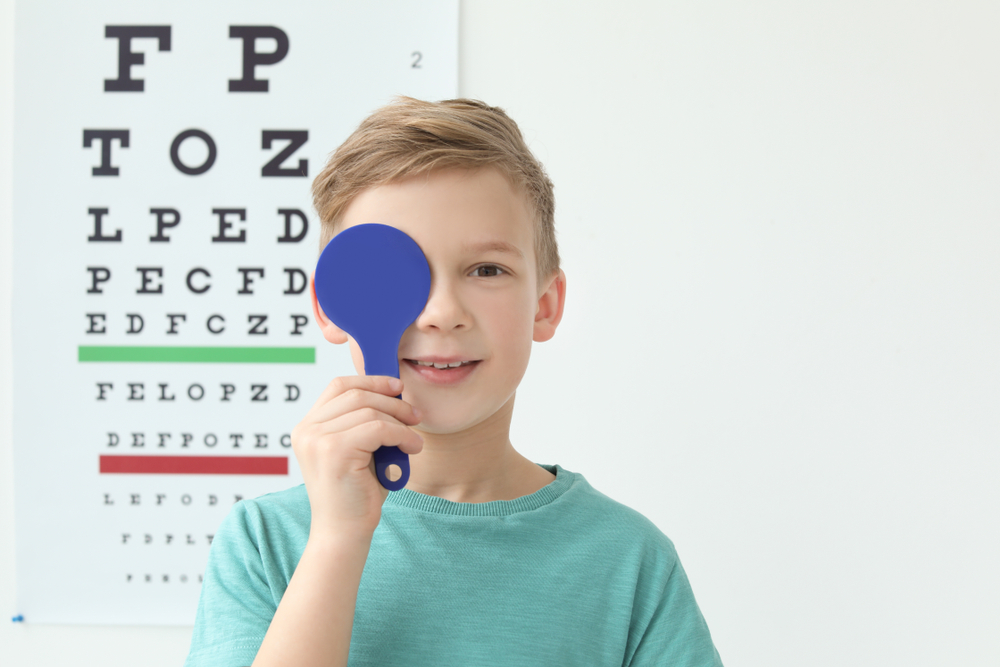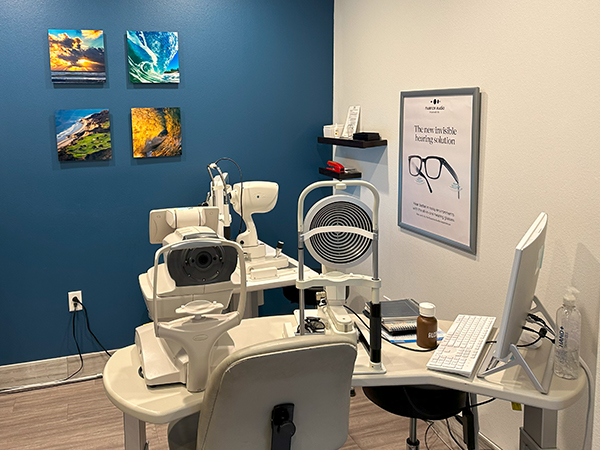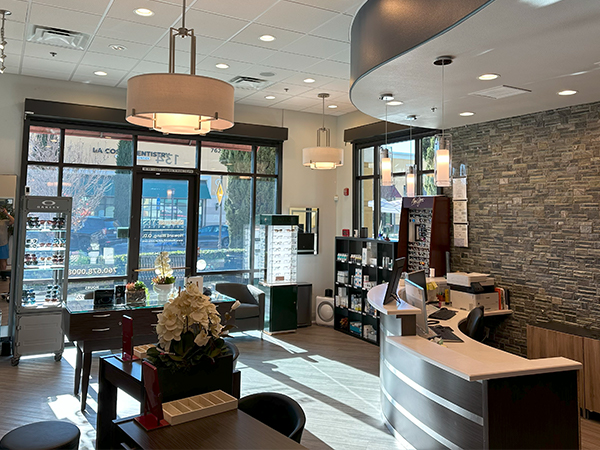
Myopia is a common vision problem in which close objects appear clear, but distant ones are blurry. As a parent, understanding child myopia is crucial, as it empowers us to make informed decisions about our child's eye health.
Understanding Myopia in Children
Child myopia typically begins around the age of six and can progress throughout adolescence. Early detection and intervention are key to managing this condition and preventing it from escalating into a more severe form, known as high myopia.
Myopia is a refractive error. The eyeball grows too long in relation to the focusing power of the cornea and lens, causing light to focus in front of the retina instead of directly on its surface. This discrepancy results in blurred distant vision. The good news is, child myopia can be managed effectively with the right approach and interventions.
What Happens Once Your Child Is Diagnosed With Myopia?
Once diagnosed with myopia, the initial reaction for many parents is often worry or fear. The thought of your child struggling with vision impairment can be daunting. However, it's crucial to remember that child myopia is manageable with timely interventions and regular eye exams.
First, your child's eye doctor will likely recommend glasses or contact lenses to correct the refractive error and improve distant vision. This is the first line of defense and a significant step in ensuring your child can continue with their daily activities without hindrance. However, glasses and contacts do not slow down the progression of myopia; they only correct the existing refractive error.
The Importance of Slowing the Progression of Myopia
As a parent, it's natural to focus on immediate solutions, like getting the right prescription glasses for your child. But it's equally essential to think long-term and understand the importance of slowing the progression of child myopia. Controlling the rate of myopia's progression can significantly reduce the risk of developing high myopia and associated complications in adulthood.
The rate of progression varies among children and depends on factors like the age of onset, genetic predisposition, and lifestyle habits. For example, spending more time outdoors and limiting screen time can help slow down myopia's progression. But these lifestyle changes alone are often not enough, and additional interventions may be needed.
Myopia control is a field of study dedicated to slowing the progression of myopia in children. Various interventions like atropine eye drops, Ortho-K lenses, and multifocal glasses or contacts have shown promising results in controlling myopia progression.
Exploring Myopia Control Interventions
Myopia control interventions are specialized treatments designed to slow down the progression of myopia. Atropine eye drops, Ortho-K lenses, and multifocal glasses or contacts are among the most commonly used interventions.
Atropine eye drops are a type of medication that temporarily paralyzes the eye's focusing mechanism, thereby slowing the growth of the eye.
Multifocal glasses or contacts, designed to correct vision at multiple distances, have also shown promise in controlling myopia progression. These glasses or contacts provide clear vision while also reducing the eye's focusing effort, thereby slowing the progression of myopia.
How to Support Your Child Living With Myopia
Having a child diagnosed with myopia can be challenging, but as a parent, your support can make a significant difference in how your child navigates this journey.
Educate your child about myopia and its management. This will help them understand the importance of adhering to their treatment plan, wearing their glasses or contacts, and attending regular eye exams.
Encourage healthy lifestyle habits, such as spending time outdoors and limiting screen time. These habits can help slow the progression of myopia.
Be patient and supportive. Adjusting to glasses or contacts can be challenging for a child. Your patience and understanding can help them adapt to this change more comfortably.
Embracing the Journey With Child Myopia
With the right understanding, interventions, and support, you can help your child manage myopia effectively and lead a fulfilling life.
To learn more on child myopia and control interventions, visit Modern Eyes Optometry at our office in Carlsbad, California. Please call (760) 334-8900 to schedule an appointment today.








